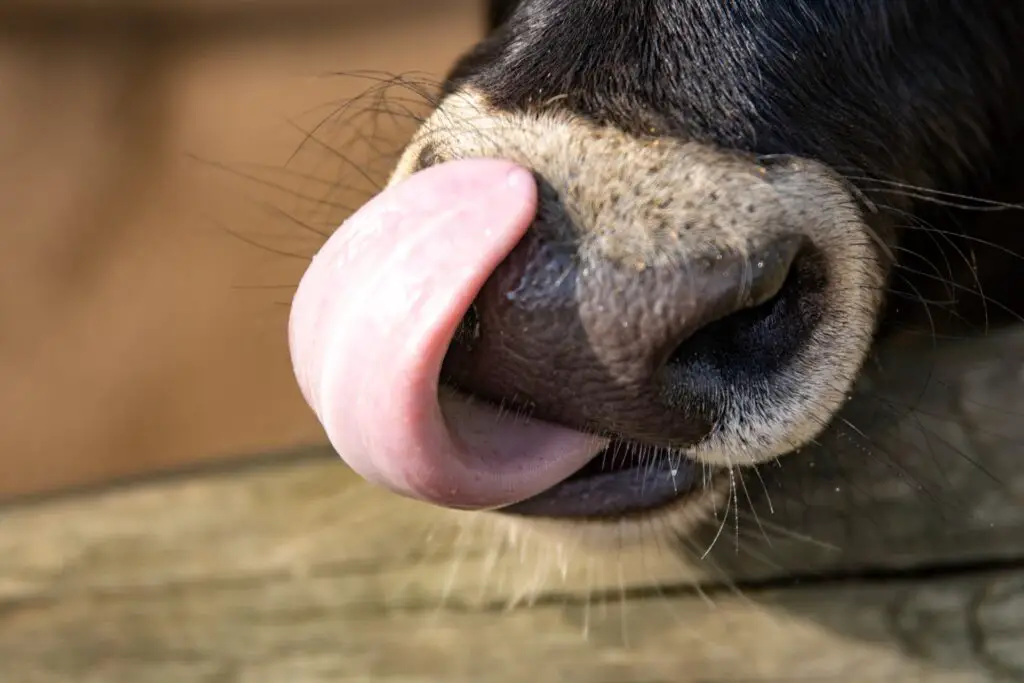Twitch, twiddle, and twirl talented tangled tongues!
While it’s not a common thing to include in writing, adding a tongue twister can be a great way to make your passage stand out from others. Plus, it’s fun to do!
They’re also not the easiest literary device to use or create from.
Then again, knowing writers as I do probably means they’d want to include more of them if it’s challenging, not less!
There are also a thousand ways under the sun to come up with a fun tongue twister to use in your writing. But like many things in life, the more you practice them, the better you get.
So, here’s one method I use whenever I want to twist a few tongues and frustrate readers. As it’s easier to focus on alliteration in my opinion, that’s the focus of this method.
Let’s jump in!
Note: You can stop this process at any point after #3 and count it as a tongue twister! They don’t have to inherently be long, many tongue twisters can be just one, two, or three words that then get repeated over and over to produce the twist.
How to create a tongue twister in 7 easy steps
Step #1. Grab your tools
This exercise is probably easiest to do if you have access to a computer with internet. You can also do it on your phone but the experience might be a bit clunkier, as this method involves flipping between websites a bunch.
Open up a thesaurus and a rhyme tool tab on your browser. For instance, I often use Power Thesaurus and Rhyme Zone for quirky exercises like this. Also, for getting ideas for words to include that start with your preferred letter, I use a website called The Free Dictionary.
This last tool is probably all you need, depending on how complex you want to make your tongue twister.
Step #2. Start with a noun
Perhaps you have a specific idea in mind for your tongue twister. If that’s the case, great! Start with the noun of your idea and go from there.
If you don’t, then I like to think of a one-letter or two-letter consonant blend like in this list.
For example, I’m going to use the name Greg, since it’s a common name and “gr” is a fun two-letter consonant with many examples of words.
Step #3. Add an adjective
We’re going to take your first noun, then add an adjective to it that uses alliteration (the same sounding beginning letters).
Examples:
- Green Greg
- Groggy Greg
- Greedy Greg
Step #4. Add a verb
Now it’s time to add a verb after the described noun. What is it that your noun is doing? Let’s have some fun and make sure it follows the same flow and style!
Examples:
- Green Greg grifts
- Groggy Greg gripes
- Greedy Greg grabs
Step #5. Add an adverb
At this point, we can add an adverb to describe the verb we just placed in the tongue twister.
Examples:
- Green Greg greedily grifts
- Groggy Greg graciously gripes
- Greedy Greg gracefully grabs
Step #6. Add another noun
This is all leading into the what of the tongue twister, which comes before the why and conclusion. At this point, we need to answer what Greg is doing, before answering why and finishing it off.
Examples:
- Green Greg greedily grifts a grail of green grapes
- Groggy Greg graciously gripes at the groovy groom
- Greedy Greg gracefully grabs the grocery gristle
Step #7. Add a reason
Finally, we could try to add a why to the tongue twister and answer it, all within the same structure and style! This is starting to get more advanced by this point, which usually means more time searching for the perfect words to include, so feel free to stop already!
So, why is Greg doing what he’s doing? Let’s try to answer with a combination of adjectives, adverbs, nouns and verbs and see what we come up with.
Examples:
- Green Greg greedily grifts a grail of green grapes to greet his grandkids.
- Groggy Greg graciously gripes at the groovy groom to grease his grumpiness.
- Greedy Greg gracefully grabs the grocery gristle to grip his gratin.
Takeaway
That’s it! Hopefully, you were able to create an alliterative tongue twister to use in your own writing. And if you had too much trouble with it, don’t worry, practice does make perfect with these types of things.
I’d love to hear your own tongue twisters in the comments or any questions you might have if you tried out my method too. Thanks for reading!
J.J. Pryor
Head over here for more of my shenanigans.






Here’s my attempt at writing a tongue twister. Tell me what you think!
Don Womble
Toni, Tori, and Twila, three talented tongue twister tester/untwister triplets, tested three twisted tongue twisters. Two tongue twisters were untwisted by two of the triplets. The other triplet’s twisted twister was too twisted to untwist. Toni and Tori took Twila to task, telling her to test her twisted tongue twisters more thoroughly before trying to untwist them.